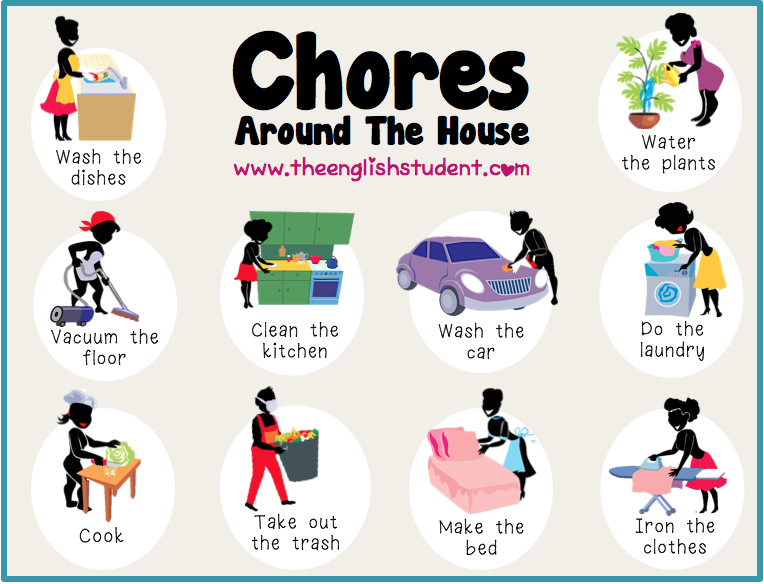The arrival of electricity in the American home ushered in an era of unprecedented change for consumer goods. The refrigerator, one of the most influential technological innovations of the 20th century, was virtually unheard of in the 1920s. By 1960, nearly two thirds of homes had a refrigerator, and their use has only grown. With a variety of advanced features, refrigerators have radically changed household life. A refrigerator can now do more than simply hold food: it can store food and beverages, and it can help keep your family warm and comfortable.
Several factors have contributed to this evolution, and the technology of household appliances has improved as a direct result. Newer models use less energy and produce fewer emissions. As temperatures rise, natural disasters are becoming more common. This trend has led many
homeowners to look for ways to prepare for such events. With these concerns in mind, more people are turning to their kitchens for help. The emergence of solar water heaters, backup generators for refrigerators, and long-term food storage areas are just a few of the new innovations. These innovations will likely be included in new builds.
In addition to the environmental benefits of improved household appliances, manufacturers have sought to produce more energy-efficient models. Energy-efficient devices include digital inverter compressors, programmable thermostats, and granular monitoring sensors. For example, the Breville Control Freak, the world’s first controlled induction cooking system, uses granular monitoring sensors to detect the temperature of food and maintain it within 86-48degF. Another example is Samsung’s frost-free refrigerator, which features a digital inverter compressor and is claimed to be 40% more energy-efficient than its predecessor.
Before 1900, most household chores were performed manually, and only the wealthiest households hired servants. During the twentieth century, the number of household servants dropped dramatically, and women began to do most of the household chores by themselves. This was one of the main reasons that automated appliances became popular in homes. While most people don’t want to spend their days doing chores, these appliances have dramatically improved our lives and our comfort levels.
Connected appliances are the future of convenience. You can control many of your home appliances with your mobile device. For example, you can control the oven temperature or adjust the bake time with a smartphone or tablet. These devices have become so intuitive and user friendly that cooking has become easier and more convenient for all household members. In addition to saving time, advanced cooking technology can help you improve the quality of your food, which in turn enhances your overall health.
Although household gadgetry has remained the same over the past 50 years, they do differ in their character. Millennials buy more entertainment-oriented technologies, whereas parents with children purchase larger refrigerators. These differences in life cycle patterns can explain a small portion of the technological picture in households. This does not account for the different uses and consumption patterns of the household. But they do help to explain why household technologies have become so ubiquitous.
Kitchens have long been a focus of consumer thought. While rudimentary versions of kitchen
appliances were invented in the early 1900s, modern models were not invented until the 1930s. However, kitchen appliances have continued to evolve to become more sophisticated, sleek, and energy-efficient. While they may not seem futuristic at the moment, smart kitchen appliances are now integrated with other devices and are becoming a crucial part of a healthy lifestyle.
Smart appliances can help you monitor their energy usage and alert you when they are running inefficiently. For example, a refrigerator that sounds an alarm when its internal temperature is too high or too low will automatically run twice as hard. If you forget to check your refrigerator’s temperature, it will double the amount of energy it needs to keep your food cold or frozen. Another smart appliance can tell you when your electricity bill is at its highest, thereby encouraging you to use a power-saving mode.
The rise of in-home assistive technologies and the development of in-home medical devices became widespread. Devices with in-home assistive mechanisms helped people with disabilities live independently. Throughout the 90s, the trend toward independence and technology continued to flourish. A front-loading washing machine became popular and shaved up to 40% water and energy costs. These innovations are necessary for the 21st century lifestyle. It’s easy to see why today’s home appliances are packed with electronics. You can go online and hire a plumber from Geelong to help install these new appliances.

